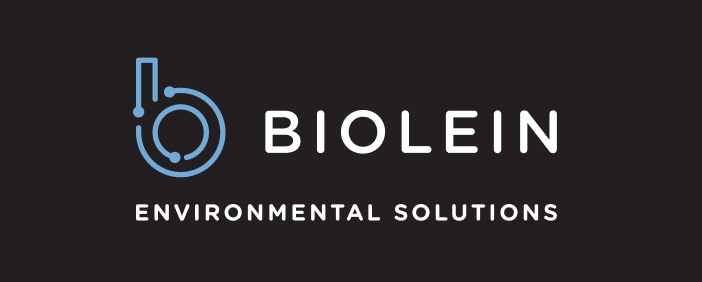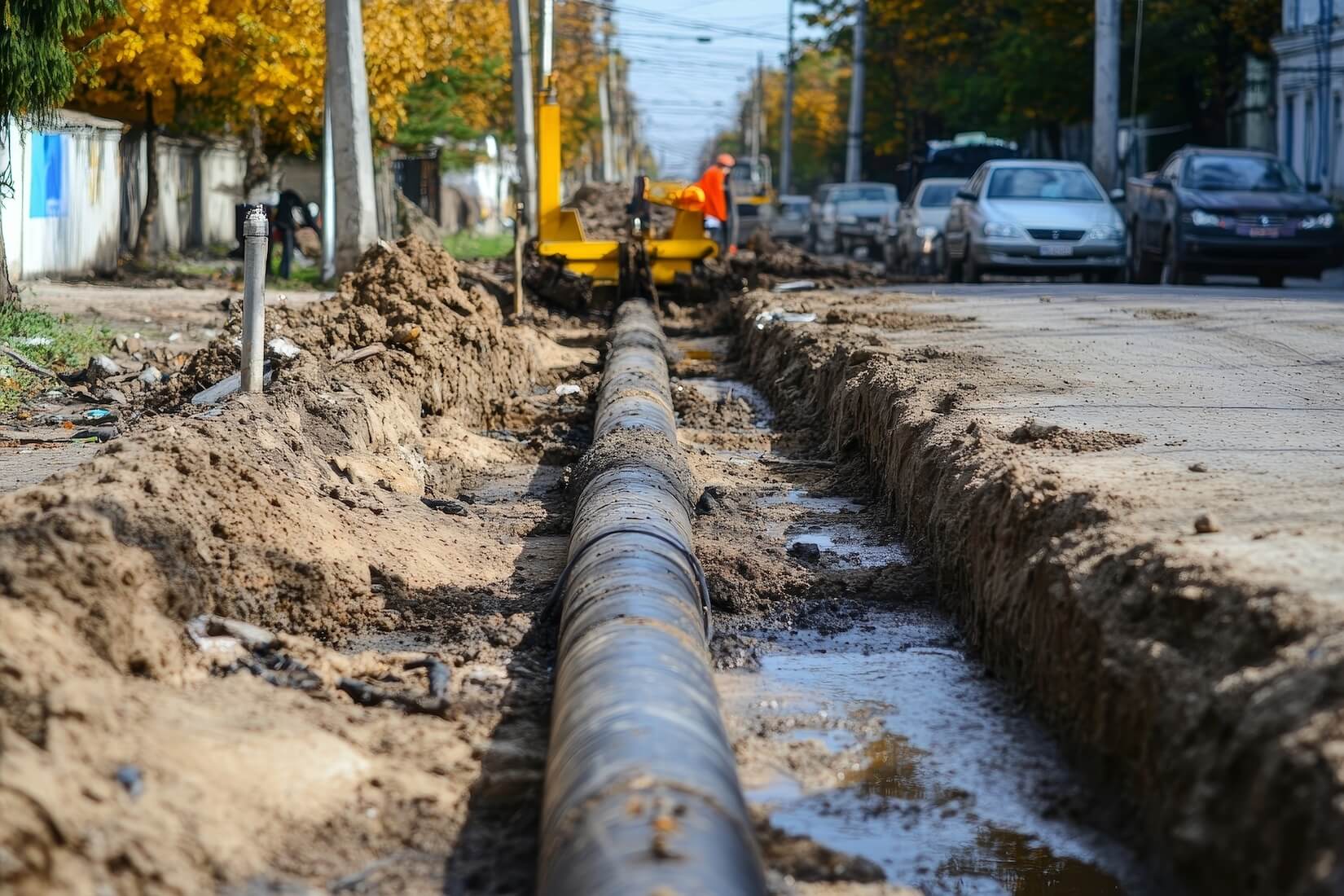When you hear the word “daylighting,” your first thought might be sunlight streaming through a window. But in the world of utility and infrastructure work, daylighting means something very different. It’s one of the most critical steps in safely exposing underground utilities before digging, typically done through vacuum truck services or other hydrovac excavation.
If your property, project site, or municipality is planning any form of excavation, trenching, or utility work, understanding daylighting is essential to preventing costly damage, legal headaches, and safety risks.
So, what exactly is daylighting and why should you care? Let’s dig in.
What Is Daylighting in Construction and Utility Work?
Daylighting is the process of safely exposing underground utilities, like water lines, gas pipes, electrical conduits, and fiber optic cables, using non-destructive methods, most commonly, hydrovac excavation.
Instead of using traditional mechanical digging tools like backhoes or augers, daylighting uses high-pressure water and vacuum suction to break up the soil and remove it gently. This reveals the location, depth, and condition of underground utilities without damaging them.
How Does Daylighting Work?
Here’s a quick breakdown of the daylighting process:
- High-pressure water jets are used to loosen soil.
- A powerful vacuum hose sucks up the slurry of water and dirt into a debris tank.
- The underground utility (pipe, conduit, or cable) is now safely visible for inspection or further work.
This process is commonly performed using hydrovac trucks, which are equipped with everything needed to complete the job quickly, cleanly, and safely.
Why Is Daylighting Important?
Daylighting isn’t just a good idea. It’s a best practice and, in many cases, a regulatory requirement. Here’s why it matters:
1. Prevents Utility Strikes
The biggest risk with blind digging? Hitting a gas main, fiber line, or power conduit. A single utility strike can:
- Endanger workers or the public
- Cause service outages
- Result in fines and legal action
- Delay the entire project
Daylighting ensures the exact location and depth of buried lines is confirmed before any further digging takes place.
2. Protects Workers and the Public
Excavation is one of the most dangerous jobs in construction. Daylighting reduces risks by:
- Avoiding explosive or hazardous line strikes
- Preventing accidental electrocution
- Providing visual confirmation of utility locations
- Allowing crews to safely dig around fragile or congested areas
When used properly, hydrovac daylighting is OSHA-compliant and considered one of the safest excavation methods available.
3. Improves Accuracy for Engineering and Design
Before beginning any new construction, utility relocation, or trenching, engineers and contractors need to know:
- What utilities are present
- How deep they are buried
- What materials or conditions surround them
Daylighting provides real-world visibility that utility maps or ground-penetrating radar can’t always offer, helping planners avoid surprises and build with confidence.
4. Minimizes Surface Disruption
Traditional excavation can be messy, noisy, and damaging to landscaping, pavement, or sensitive infrastructure. Hydrovac daylighting:
- Creates minimal ground disturbance
- Is precise enough for tight urban environments
- Allows for fast restoration after work is completed
This makes it ideal for high-end properties, roadways, sidewalks, easements, and other spaces where appearance and access matter.
5. Saves Time and Money
While daylighting may seem like an extra step, it often saves thousands of dollars in the long run by:
- Preventing utility strikes
- Reducing labor and repair costs
- Speeding up approvals and inspections
- Avoiding lawsuits and fines
In short, investing in proper daylighting is cheaper than dealing with a disaster.
When Is Daylighting Required?
In Colorado and many other states, utility locate laws require contractors and property owners to contact 811 before digging. But paint marks or maps are just the starting point.
Daylighting is often required when:
- Digging within 18–24 inches of marked utility lines
- Working near high-pressure gas or petroleum lines
- Conducting subsurface utility engineering (SUE)
- Planning directional drilling or boring
- Verifying abandoned or undocumented lines
If you’re managing a job site, utility project, or even a landscaping installation near buried lines, daylighting should be part of your process.
Common Daylighting Applications
Daylighting is used across a wide range of industries and projects:
- Municipal Projects: Storm drain repair, sewer line replacement, utility verification before roadwork
- Commercial Construction: Site prep, new utility tie-ins, concrete footing installation
- HOAs and Residential Developments: Landscaping, irrigation system installation, utility easement repairs
- Industrial Sites: Facility upgrades, tank removal, chemical line inspections
- Telecom and Fiber Installations: Directional drilling verification, underground cable inspection
If your project involves digging or disturbing the ground, daylighting is likely part of the picture.
Why Use Hydrovac for Daylighting?
While other methods (like hand digging or air excavation) exist, hydrovac trucks are the gold standard for safe and efficient daylighting.
Hydrovac Benefits:
- Precise and non-destructive
- Safe around all types of utilities
- Operates in all soil conditions (even frozen ground)
- Fast setup and clean removal of debris
- Ideal for urban, tight, or sensitive sites
At Biolein, we operate high-powered hydrovac trucks with experienced operators who know how to get the job done safely, quickly, and cleanly. From Cherry Hills to downtown Denver and across the Front Range, our team has supported hundreds of successful daylighting projects.
What Happens After Daylighting?
Once the utility is exposed, crews can:
- Measure and record its location
- Mark it for future digging
- Perform inspections or repairs
- Proceed with excavation or construction confidently
The area is then backfilled or restored according to project needs and local codes.
How to Schedule Daylighting Services
If you’re planning any project that involves digging, whether it’s trenching a utility line or just planting trees near a marked gas main, contacting a professional daylighting service is your next step.
Here’s what to expect:
- Initial consultation and site visit
- Hydrovac equipment arrives on site
- Daylighting is performed with minimal disruption
- Project continues safely and compliantly
Biolein offers fast turnaround, transparent pricing, and expert service to help you meet your deadlines without the risk.
Don’t Dig Blind
Whether you’re overseeing a large-scale infrastructure project or installing irrigation in a community greenbelt, daylighting is the safest and smartest way to confirm what lies below the surface.
At Biolein, we specialize in hydrovac excavation and daylighting services throughout Colorado and beyond. With the right equipment and a team that understands utility safety and environmental responsibility, we’re here to help you dig smarter, not harder.
Contact Biolein today to schedule a site evaluation or get a quote for hydrovac daylighting. Our team is here to protect your project, your property, and your peace of mind.
Biolein has become a trusted partner for hydrovac excavation, environmental waste management, environmental consultation for hazardous waste, and drainage solutions across Colorado and beyond. We’re not just an environmental services company in Denver — we’re the team you can count on to tackle the tough jobs and keep things running smoothly.



